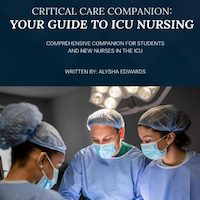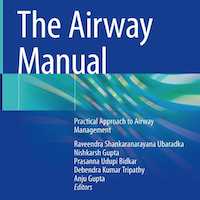Stories Category: Intensive Care

Outcomes of Catheter-Related Arterial and Venous Thrombosis After Enoxaparin Therapy in Neonates and Infants With Congenital Heart Disease
A high proportion of vascular catheter-related thrombi identified in infants with congenital heart disease resolve with enoxaparin treatment. In all patients with thrombosis, arterial versus venous thrombosis is associated... read more

Accuracy of Cumulative Volumes of Fluid Challenge in Critically Ill Patients
A volume of fluid challenge (FC) of 250 ml with a threshold of 9.6% increase in stroke volume (SV) showed the highest accuracy in detecting fluid responsiveness in critically ill patients with shock. A prospective observational... read more
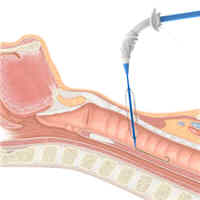
To Bronch or Not to Bronch – That Is the Question
Percutaneous tracheostomy was safely and effectively performed by an experienced surgical team both with and without bronchoscopic guidance with no difference in the complication rates. This study suggests that the use... read more

High-Flow Oxygen Therapy vs. Conventional Oxygen Therapy on Invasive Mechanical Ventilation in COVID-19 Patients
Among patients with severe COVID-19, use of high-flow oxygen through a nasal cannula significantly decreased need for mechanical ventilation support and time to clinical recovery compared with conventional low-flow oxygen... read more

Preoperative POCUS to Identify Frailty and Predict Postoperative Outcomes
Similar to computed tomography measurements of psoas muscle area, preoperative ultrasound measurements of quadriceps depth shows promise in discriminating between frail and not-frail patients before surgery. It was also associated... read more

The Effect of Lowering Tidal Volume on Mortality
The use of low tidal volume (4-8 ml/kg of predicted body weight) has been considered the default way to ventilate patients with acute respiratory distress syndrome (ARDS) to minimize ventilator-induced lung injury (VILI).... read more

The Importance of Accurate Glucose Monitoring in Critically Ill Patients
Critically ill patients are not found just in intensive care units, but throughout the hospital: emergency departments, post-anaesthesia care units, operating rooms, and many other environments now care for the critically... read more
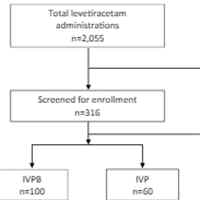
Intravenous Push Levetiracetam Safety in a Neuro-Spine ICU
Administration of levetiracetam doses up to 2000 mg via IVP is a safe method of administration that results in a reduction of time to medication administration and a reduction of benzodiazepine use. Of the 2,055 hospital-wide... read more

Alterations in qSOFA, SIRS, MEWS or NEWS Score Present in Half of Patients
Almost half of patients with a suspected infection experience a change in the score of qSOFA, SIRS, MEWS and/or NEWS during ED stay. Approximately half of alterations were from a normal to an abnormal score and half vice... read more
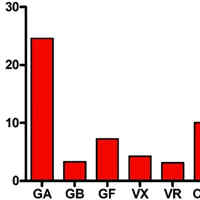
Organophosphorus Compounds and Oximes
Organophosphorus (OP) pesticides and nerve agents still pose a threat to the population. Treatment of OP poisoning is an ongoing challenge and burden for medical services. Standard drug treatment consists of atropine and... read more
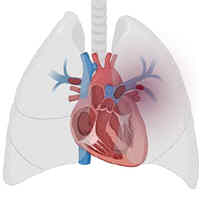
Management of Pulmonary Embolism in the ICU
Pulmonary embolism is a reason for admission to the Intensive Care Unit and this complication in hospitalised patients is associated with high morbidity and mortality. The identification and management of pulmonary embolism... read more
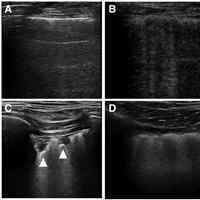
Pressure Support vs. Spontaneous Ventilation during Anesthetic Emergence – Effect on Postoperative Atelectasis
The incidence of postoperative atelectasis was lower in patients undergoing either laparoscopic colectomy or robot-assisted prostatectomy who received pressure support ventilation during emergence from general anesthesia... read more
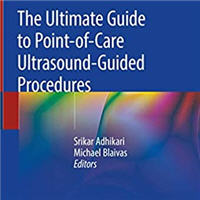
The Ultimate Guide to Point-of-Care Ultrasound-Guided Procedures
This comprehensive book provides an in-depth examination of a broad range of procedures that benefit from ultrasound guidance in the point-of-care setting. It covers common procedures such as ultrasound-guided central... read more

First-Pass Orotracheal Intubation: Video Laryngoscopy vs. Direct Laryngoscopy
Among patients in the ICU requiring intubation, video laryngoscopy compared with direct laryngoscopy did not improve first-pass orotracheal intubation rates and was associated with higher rates of severe life-threatening... read more

Lopinavir-ritonavir and Hydroxychloroquine for COVID-19 Patients
Recent trials involving steroids and other immunomodulators have shown benefits and contributed to improved care. Given the emerging nature of the virus, several repurposed agents were also considered as potential antiviral... read more
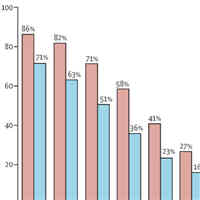
Procalcitonin-guided Antibiotic Treatment Effect on Mortality in Acute Respiratory Infections
Use of procalcitonin to guide antibiotic treatment in patients with acute respiratory infections reduces antibiotic exposure and side-effects, and improves survival. Widespread implementation of procalcitonin protocols... read more

Severe Hyponatremia Management with DDAVP Clamp-Bolus Technique
The DDAVP clamp technique has considerably simplified the management of severe hyponatremia. The DDAVP clamp was a substantial step forwards in the management of severe hyponatremia. It eliminated a lot of the variability... read more


